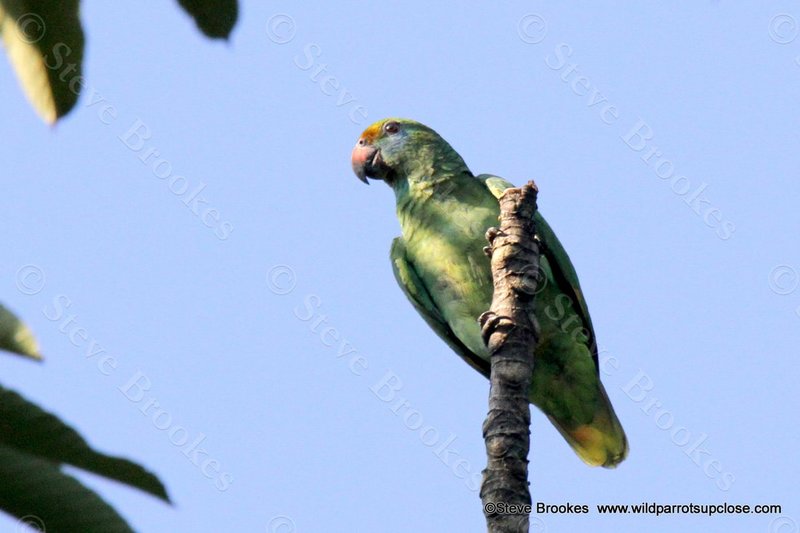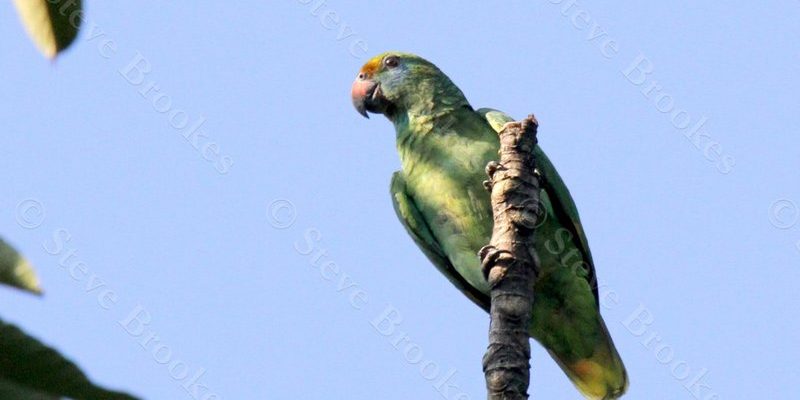
Flying is second nature to these birds. Their unique adaptations not only allow them to soar gracefully through the air but also make them expert hunters. Let me explain how the *Amazon parrot* has perfected its skills over time, using its environment to thrive and survive. Understanding these techniques can give us insight into their behavior and the role they play in their ecosystem.
The Art of Flight: Understanding Amazon Parrots’ Flying Techniques
When Amazon parrots take to the sky, they’re not just flapping their wings aimlessly. Their flying techniques are a blend of agility and efficiency. These birds have strong, broad wings that allow them to maneuver through thick foliage. Think of it like a dancer seamlessly moving through a crowded room—every turn and twist has purpose.
Amazon parrots use a technique called “flap-glide,” where they alternate between powerful wing beats and gliding effortlessly. This allows them to conserve energy while covering long distances. You might be wondering how this benefits them. Well, in the wild, these flights aren’t just for show; they’re crucial for finding food and evading predators.
Another interesting aspect of their flight is their ability to navigate through dense forest. Amazon parrots have excellent depth perception, letting them gauge distances with precision. Birds that can zip around trees without crashing into branches? That’s the skill of the Amazon parrot! They make use of natural perches and thick branches as launch pads, giving them the height needed to execute impressive aerial maneuvers.
Vision and Awareness: The Key to Successful Hunting
There’s a saying that goes, “The eyes have it,” and for Amazon parrots, that couldn’t be more true. Their vision is beautifully adapted to find food in the lush canopy of the rainforest. These birds have tricolored vision, which means they can see both ultraviolet light and a broader spectrum of colors than humans can. This heightened sight helps them spot ripe fruits and seeds against the green backdrop of leaves.
But it’s not just about spotting food; awareness plays a huge role in their hunting techniques. When an Amazon parrot is on the hunt, it relies on its sharp vision to scan for both food and potential threats. Imagine walking through a crowded market, using your eyes to spot your favorite snack while being aware of your surroundings. That’s what these parrots do every day in the wild.
As they search for food, they often communicate with each other through vocalizations, announcing finds or alerting about dangers. These calls can range from soft whistles to loud squawks, creating a symphony of sounds in the jungle. So, next time you hear a parrot calling, think of it as a strategic move in their hunt!
Foraging Techniques: The Skills Behind Their Diet
What do Amazon parrots eat? They are primarily herbivores, munching on a diet rich in fruits, nuts, seeds, and flowers. But there’s an art to foraging that goes beyond just pecking at what’s available. Their beaks are specially adapted to crack open hard nuts and seeds, showcasing their powerful jaws and dexterity.
One fascinating hunting technique is their use of social foraging. These birds often hunt in small flocks, which increases their chances of finding food. Picture a group of friends sharing a pizza—more eyes can spot more slices! By flying together, Amazon parrots can communicate about food sources while keeping an eye out for potential dangers.
They also exhibit problem-solving skills when it comes to accessing food. For instance, they might need to figure out how to get to fruits nestled deep in tree branches. By using their agility and teamwork, they can maneuver through the branches and reach their goal. It’s like watching a well-rehearsed dance where every move counts!
Adaptations to Predation: Staying Safe While Hunting
In the wild, being a successful hunter also means being aware of the threats lurking around. Amazon parrots have developed several adaptations to help them stay safe while they hunt. One of these is their ability to blend into their environment. With their vibrant green feathers, they can easily camouflage among the leaves, making it harder for predators to spot them.
Another key adaptation is their flight patterns. When an Amazon parrot senses danger, it can take off quickly, darting in unpredictable directions to evade predators. Think of it like playing tag, where quick moves can keep you from being caught. Their agility makes them a tough target for hawks or other birds of prey.
They also rely on their flock for safety, as there’s strength in numbers. By hunting and flying together, they can alert each other to dangers, ensuring that some members always stay vigilant while others forage. You might not know this, but social structures play a significant role in their survival, making these parrots not just individual hunters but cooperative ones.
The Role of Amazon Parrots in Their Ecosystem
You might be surprised to learn that Amazon parrots do much more than just hunt for themselves. They play a crucial role in the ecosystem as seed dispersers. When they feast on fruits, they sometimes swallow seeds and later drop them elsewhere, helping new plants grow. It’s a little like planting seeds for the future without even realizing it!
This action encourages biodiversity, which is essential for a healthy ecosystem. By helping various plant species thrive, Amazon parrots ensure that their habitats remain lush and vibrant. In a way, they’re like nature’s gardeners, maintaining the balance in their environment.
They’re also indicators of environmental health. If Amazon parrots are thriving, it usually means their habitat is in good shape. But when their numbers decline, it raises red flags about the state of their environment. For conservationists, monitoring these beautiful birds is key to understanding the health of the rainforest.
The unique flying and hunting techniques of the Amazon parrot are nothing short of remarkable. From their mastery of flight and keen vision to their clever foraging strategies and adaptations for safety, these birds offer a glimpse into the enchanting world of nature.
As we learn more about their behaviors, we not only appreciate their vibrant presence but also recognize their vital role in maintaining healthy ecosystems. So next time you hear a parrot’s call or see bright feathers flit by, remember the amazing abilities behind their flight and hunt.
Let’s celebrate the Amazon parrot for all it brings to our world—beauty, intelligence, and the reminder of nature’s intricate balance.

